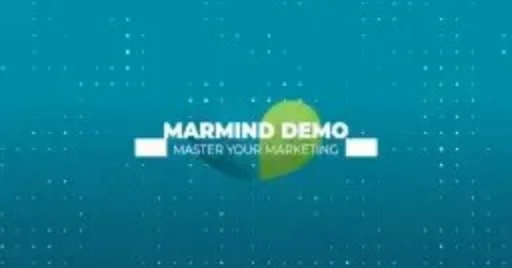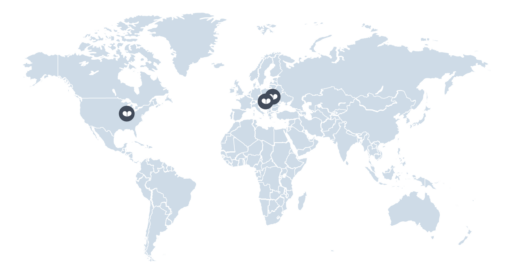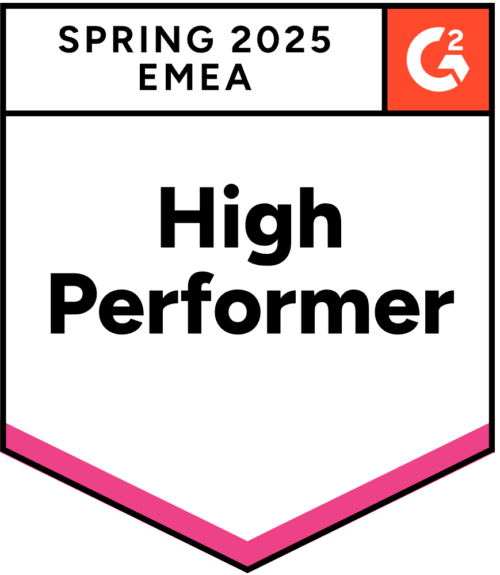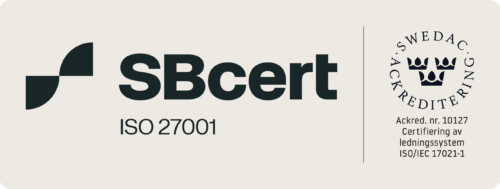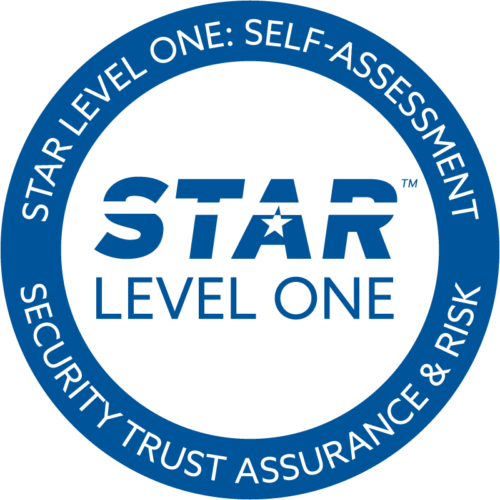Mastering Resource Management: A Guide for Modern Marketers
Resources are like the different instruments in an orchestra, each playing a vital role. The success of the symphony depends on how well these instruments are tuned and played together.
From human talent to financial budgets, everything must be orchestrated with precision. But what is resource management exactly? Well, it is about aligning the right and available resources at the right time to achieve the desired goals.
Let’s learn more about this topic today. Stay with us, as we have a lot to talk about!
Understanding Resource Management
Resource management in marketing refers to the process of planning, allocating, and controlling resources to achieve specific objectives. It involves understanding the unique characteristics of each resource and how they interact. The goal is to create a seamless flow where resources are utilized efficiently without waste or conflict.
Is Resource Management Important in the Modern Marketing Landscape?
Shortly speaking: Effective resource management is critical in the modern marketing landscape because it ensures optimal utilization of every resource to maximize efficiency and project delivery.
In order to complete projects within budget and time, project managers use resource management software tools, create resource plans, allocate resources, and utilize different resource leveling techniques.
This strategy involves:
- identifying resource gaps,
- forecasting future requirements,
- and allocating the right project resources.
Poor resource management can lead to project delays and risks. This only underscores the importance of resource utilization in achieving project goals and ensuring the right assets are available at the right time.
Moreover, without proper resource availability and management, even the most brilliant marketing strategies can fall flat.
So it’s not just about juggling resources – it’s about optimizing them to create value and drive growth.
That’s why the modern resource manager must be a maestro, conducting various resources to create a harmonious campaign.

Types of Resources in Marketing
➡️ Human Resources
People are the heart of any marketing effort, and managing talents, skills, and creativity is crucial to a company’s success. Here, resource management is the process of recognizing individual strengths and aligning them with the right roles. The goal is also to foster a collaborative environment where creativity thrives.
Ultimately, human resource management in marketing is about creating a team that’s greater than the sum of its parts.
➡️ Financial Resources
Money talks, especially in marketing. Managing budgets, forecasting expenses, and tracking ROI are essential financial aspects of every project. The aim is to allocate funds wisely, not just based on intuition but data-driven insights and reliable resource forecasting.
As well it means being agile, ready to reallocate funds when needed.
Financial resource management is a continuous process that requires vigilance, accuracy, and strategic thinking.
➡️ Technological Resources
Modern marketing thrives on technology. From automation tools to analytics, technology empowers marketing like never before. Here, choose the right tools that align with the goals and integrate them seamlessly into the workflow. This will help you stay ahead of the technological curve and leverage new innovations to gain a competitive edge.
Technology in marketing goes beyond tools and acts as a catalyst for transformation.
Challenges in the Resource Management Process
Challenges in the resource management process stem from the complexity of juggling diverse resource requirements across multiple projects.
What can hinder efficient resource management? For example:
- poor resource distribution,
- conflicting priorities,
- inadequate utilization measures,
- insufficient resource capacity,
- and ever-changing market dynamics.
Balancing project goals within tight timelines and budgets adds to the intricacy, while the need to allocate the right resource to the right task remains paramount.
Evolving resource demands and rapid project changes underscore the criticality of an adaptable resource management strategy.
Implementing resource management techniques and software solutions is crucial in addressing these challenges, ensuring optimal utilization, and ultimately delivering projects successfully.
Like you see – managing resources isn’t a walk in the park, and it’s hard to navigate these challenges with grace and agility. It requires a deep understanding of the landscape, the ability to anticipate obstacles, and the wisdom to make informed decisions.

Effective Resource Management Strategies
#1 Planning and Forecasting
Planning will help you look ahead and also prepare for the unexpected. Accurate forecasting helps in aligning resources with goals and avoiding surprises down the road. The key is to create a road map that’s flexible yet focused. It is also vital to understand the risks and prepare contingency plans.
Planning and forecasting in resource management are dynamic processes that evolve with the changing landscape.
#2 Allocation and Reallocation of Resources
Putting resources where they’ll shine is an art. The trick is to understand the fluid nature of resources and know how to shift them as needed. In addition, it involves balancing short-term gains with long-term vision.
Allocation and reallocation are strategic decisions that can make or break a marketing campaign.
#3 Monitoring and Controlling Resources
Keeping an eye on resources ensures they’re on track. To control the process, you need to steer resources in the right direction, not micromanage them. Therefore, set clear benchmarks and monitor progress regularly. Also, be responsive and ready to make adjustments when needed.
Monitoring and controlling resources is a continuous effort that requires attention to detail, responsiveness, and strategic oversight.
#4 Collaboration and Communication
Resource management isn’t a solo act. Collaboration and clear communication are the glue that holds everything together. Create a culture where ideas flow freely and everyone is on the same page. Don’t forget to leverage the collective intelligence of the team, where diverse perspectives come together to create innovative solutions.
Collaboration and communication in resource management are vital ingredients for success.
Why It’s Good to Use Modern Resource Management Techniques and Software
Today’s resource management solutions are more than just spreadsheets, and utilizing them offers substantial benefits to individuals and organizations.
These tools for resource management:
🔝 offer insights, automation, and integration, transforming how resources are managed.
🔝 provide real-time visibility into resources, enabling informed decisions.
🔝 facilitate collaboration, bridging the gap between different teams and functions.
🔝 allow efficient resource scheduling, resulting in optimal utilization and timely project.
Therefore, with an integrated management system, users can streamline operations and enhance overall project efficiency.
Also, blending technology with traditional wisdom creates a powerful synergy.
Integrating technology with traditional methods in resource management is about creating a holistic approach that’s both innovative and grounded.
In other words, it combines the best of both worlds, where technology amplifies human intelligence.
Future Trends and Predictions in Resource Project Management
The future of resource management in projects is bright and full of possibilities.
With emerging technologies and evolving methodologies, it’s a field that’s ripe for innovation. The focus is on staying ahead of the competition, ready to embrace new trends and disrupt old paradigms. Therefore, future trends in resource project management will focus on maximizing resource efficiency through advanced work management techniques.
Organizations will increasingly prioritize aligning resources with future requirements to add value. Planning will revolve around team capabilities, ensuring projects are executed proficiently.
This system emerges as really good marketing resource management software, uniting plans, budgets, and outcomes in one comprehensive platform. It empowers marketing teams to streamline workflows, utilize AI-driven resource allocation, and make informed investment choices. Its interactive marketing calendar transforms strategies into actionable plans, while integrated briefing templates ensure alignment among team members.

Create a Resource Management Plan with MARMIND
Mastering resource management is akin to mastering marketing itself. It’s a complex yet rewarding endeavor that can elevate marketing to new heights.
When you manage the intricate details, you can see the big picture, so you can be both a visionary and a tactician.
The journey of resource management is filled with challenges and opportunities, but with the right approach, tools, and mindset, it can lead to unprecedented success. Choose MARMIND and elevate your marketing management to new heights
MARMIND: A Great Resource Management Software
MARMIND is a comprehensive solution for resource management in marketing. From planning to execution, it offers a seamless experience.
Its intuitive interface, robust features, and intelligent insights make it a go-to choice for modern marketers.
This system emerges as really good marketing resource management software, uniting plans, budgets, and outcomes in one comprehensive platform. It empowers marketing teams to streamline workflows, utilize AI-driven resource allocation, and make informed investment choices. Its interactive marketing calendar transforms strategies into actionable plans, while integrated briefing templates ensure alignment among team members.
With centralizing project management, asset storage, budgeting, and performance tracking, MARMIND enhances collaboration, efficiency, and control over marketing endeavors.
MARMIND is not just about managing resources but also mastering them. Learn more at MARMIND.
With centralizing project management, asset storage, budgeting, and performance tracking, MARMIND enhances collaboration, efficiency, and control over marketing endeavors.
MARMIND is not just about managing resources but also mastering them. Learn more at MARMIND.
FAQs
What are the components of resource management in marketing?
Marketing resource management involves planning, allocating, controlling, and optimizing human, financial, and technological assets. It’s a multifaceted process that requires a holistic approach. The key is to understand how different resources interact and manage them together.
How can technology enhance resource management for marketers?
Technology brings efficiency, accuracy, and scalability to resource management, enabling marketers to make informed decisions and adapt quickly to changes. It is crucial to choose the right technology that aligns with the goals and integrates seamlessly.
What strategies can be employed for effective resource allocation?
Effective resource allocation requires a clear understanding of goals, continuous monitoring, flexibility to reallocate, and collaboration among team members. Resources are dynamic and must be managed with agility. Efficiency and effectiveness must be balanced so that resources are not only utilized but optimized. Therefore, resource allocation is a strategic decision that can influence a marketing campaign’s success.
How does resource management impact overall marketing success?
To achieve marketing success, resource management is essential since it ensures that the right resources are used effectively. Creating a seamless flow where resources are aligned with goals is the goal. Furthermore, success has to do with how resources are managed, not just the resources themselves.
What are some common challenges in managing marketing resources, and how can they be overcome?
Challenges include conflicting priorities, limited resources, and market changes. Solutions involve clear planning, flexible strategies, collaboration, and leveraging technology. Challenges aren’t roadblocks – they are opportunities for growth and learning. Turning challenges into opportunities is the key to managing challenges in resource management.


